Fashion In Flowers And Plants Marketing
The world is changing fast. There is an aging population worldwide. People are richer than ever before and have more leisure time in which to spend their money. Some are delaying retirement because pensions are not maintaining their value or simply because they do not feel old enough to give up work. Working or not, people are spending more time enjoying themselves and homes have become more of a statement about one’s self. According to global research consultant Headlight Vision, the richest group of consumers in the world are 40- to 60-year-old women.
The new term for older people who do not feel old is “kidults” people who grew up, or had fun, in the 1960s and refuse to give up having fun. The way things are sold has changed the Internet accounted for $41 billion of sales to households in the United Kingdom in 2005, an annual increase of 30 percent, not including business-to-business sales, and 70 percent of U.K. businesses now have a Web site. The picture is similar all across Europe, the United States and the rest of the developed world.
People are also more demanding. They want new and exciting products, so fashion plays a part in almost all products, even the most traditional. The younger generation thinks nothing of updating goods such as cell phones, TVs or music players just because they want the latest one, not because the old one is worn out. Once upon a time, father was the breadwinner and he made the purchase choices, perhaps in consultation with mother, about what goods the household needed. Not any more. Each family member makes independent choices on his or her own products and must be targeted individually.
The Green Credentials
Then there are the green credentials, which you would think flowers and plants could automatically claim. However, products have to be seen to be sustainable, so “flower miles” and social provision for workers are being discussed now and there is the question of what pesticides and herbicides are used to produce the flowers and plants.
The world floricultural market is constantly growing. It was worth a staggering $75 billion at production level in 2004, according to the International Association of Horti-cultural Producers, an increase of 20 percent over 2002. The U.K. market for cut flowers has also been growing strongly at an average of around 10 percent per year but has begun to plateau, whereas indoor plants have finally shown a slight increase.
The British consumer spends $60 on flowers and $15 on indoor plants each year, and while that might seem like a lot compared to the United States, people spend $108 on flowers in a year in Switzerland and $73 on houseplants in Norway.
Part of that U.K. growth is due to the work done by carrying out promotional campaigns for more than 20 years. The campaigns themselves have changed according to the maturity of the marketplace. In the early years, most flowers and plants were bought as gifts for special occasions only the “hatch, match and despatch” life events, plus Valentine’s and Mother’s Days.
The promotions then aimed to extend purchasing to gifts for more everyday occasions, such as birthdays, thank-yous, presents when visiting, apologies, congratulations and so on. Once these were firmly lodged in U.K. consumers’ minds and birthdays were the top occasion for purchase, soon the promotions moved on to persuading people to buy for their own homes and themselves. Self purchase, or at least purchase for the household, has now been the aim of campaigns for the last 10 years and the strategy has been to identify barriers to purchase and break them down one by one.
Following Fashion Trends
Changing consumer attitudes used to take many years, but with the pace of change becoming faster and faster, it is easier than it used to be. Success has been achieved by targeting early adopters and persuading others that this is the fashionable way to behave. Fashion trends are extremely important for this the look and feel of advertising and the images to be used for PR must appeal to the target audience and fit with what they are seeing in clothing and interiors.
Who predicts the fashions? There are trend gurus who analyze the overall moods in a particularly geographical area and who watch how things are changing out on the street or at social gatherings. They spot the trendsetters the movers and shakers and from this predict which colors will be in fashion and what the story behind the trends will be.
Vintage Glamour. The current winter trend, for example, is titled Vintage Glamour, which emulates the glamour of the movie stars of the 1920s or 1950s but with a modern edge of roughness introduced by structural designs and wild black twigs. The buzzwords are luxury, elegance, feminine but tough and iridescent. Flowers and plants are accessorized with mother of pearl, crystals, pearls, satin, velvet, silk, suede, ceramics, high gloss, carved wood and metallic items.
Natural Worship. There are four trends for 2007 representing the four seasons. The spring fashion theme Natural Worship focuses on elements of nature with religious icons and symbols, either from traditional religions or new age beliefs, combining physical well-being with spiritual renewal. The flowers to create this look are unaffected, relaxed and familiar, with delicate scents and subtle colors.
Garden Of Delight. On the other hand, the summer trend Garden Of Delight sees the return of a bright mix of colors in opulent containers, with turquoise a particular accent color. The designs remind you of strange fairy tales or paradise, using unusual combinations of flowers, fascinating foliage and natural objects such as feathers, horn or bone.
Naughty By Nature. Naughty By Nature is the sensual, luxurious trend for autumn with flowers dipped in chocolate or leaves in wax, and arrangements mix rugged or spiky varieties with soft, textured ones.
Floral Empire. For winter, we are transported to an age of neo-classical elegance but given a modern twist in the Floral Empire story. Here we see sculpted, baroque designs or a rhythmic use of ribbons and bows with reminders of wigs, cameos and trophies.
Perhaps fashion is not the most obvious element when horticultural promotions are being considered, but even in a traditional industry, attitudes do not stand still and being fashion aware means that communications speak more powerfully to the target audience, particularly if that audience is female.


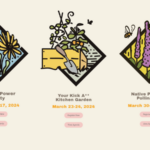

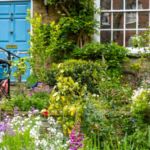

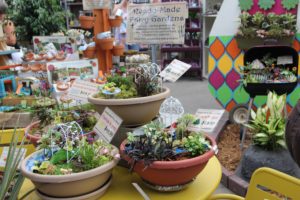
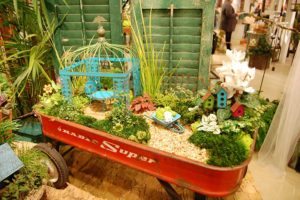
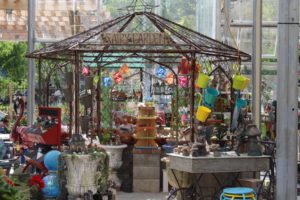


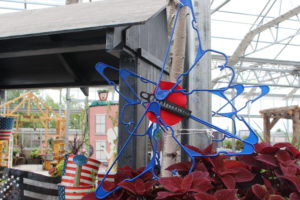
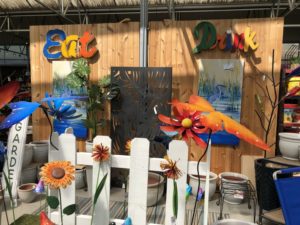
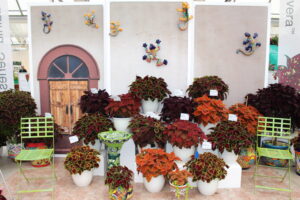
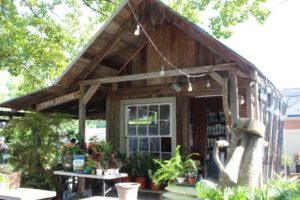



 Videos
Videos





